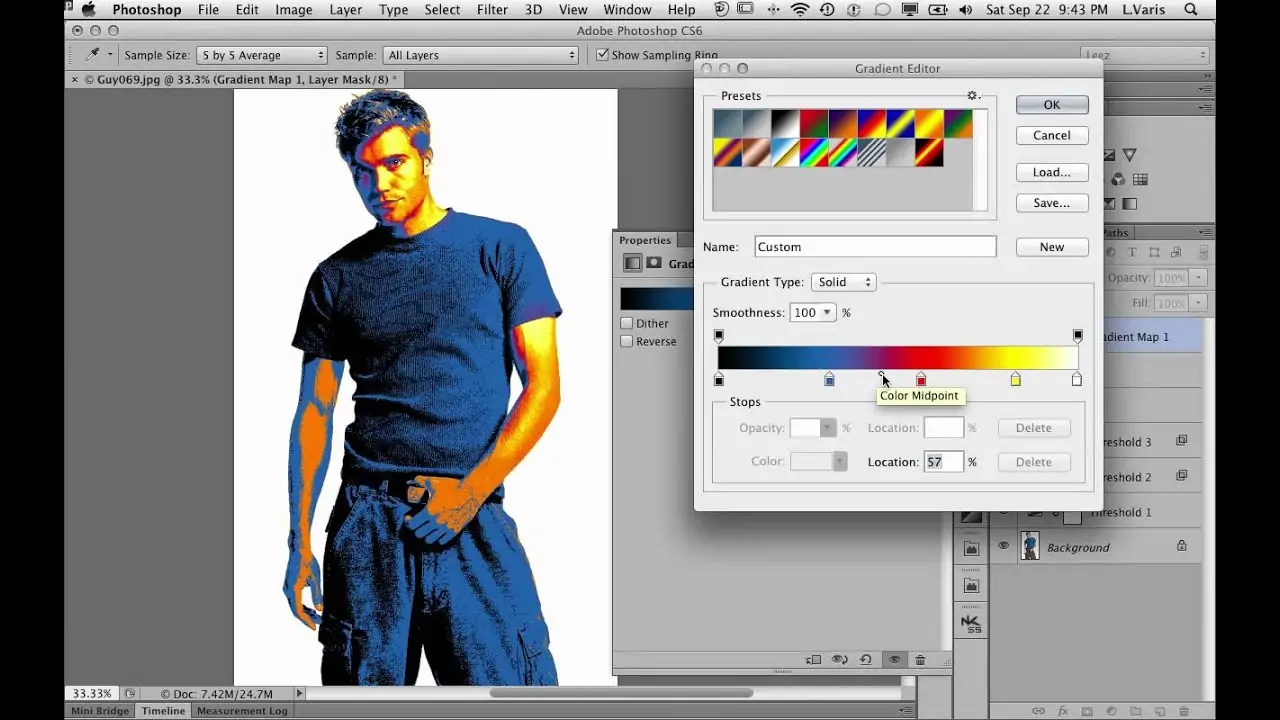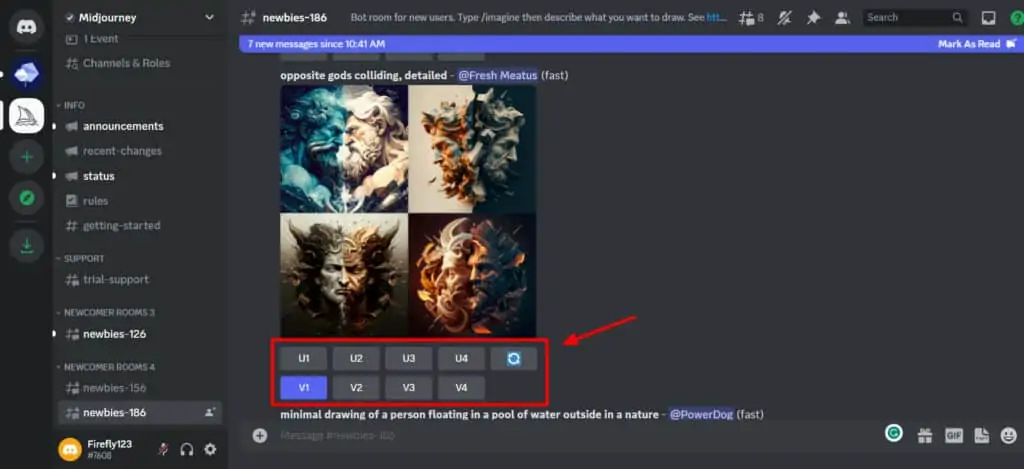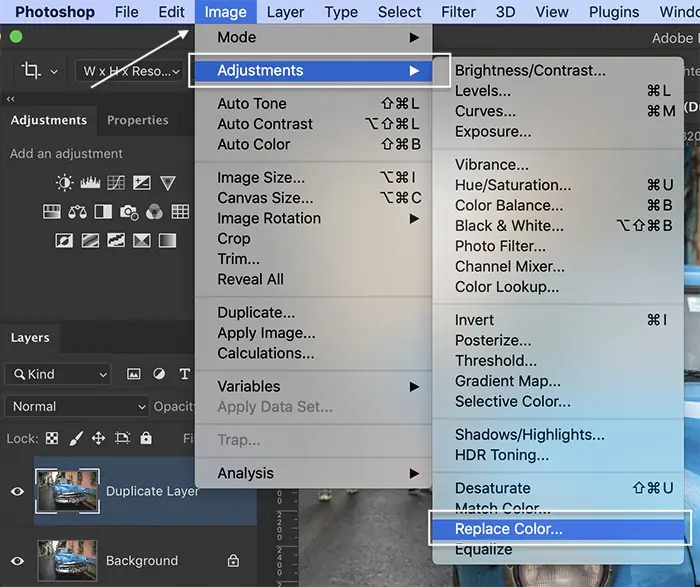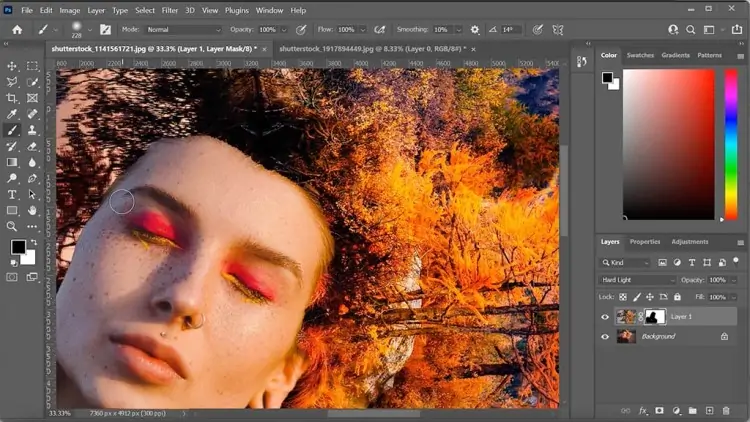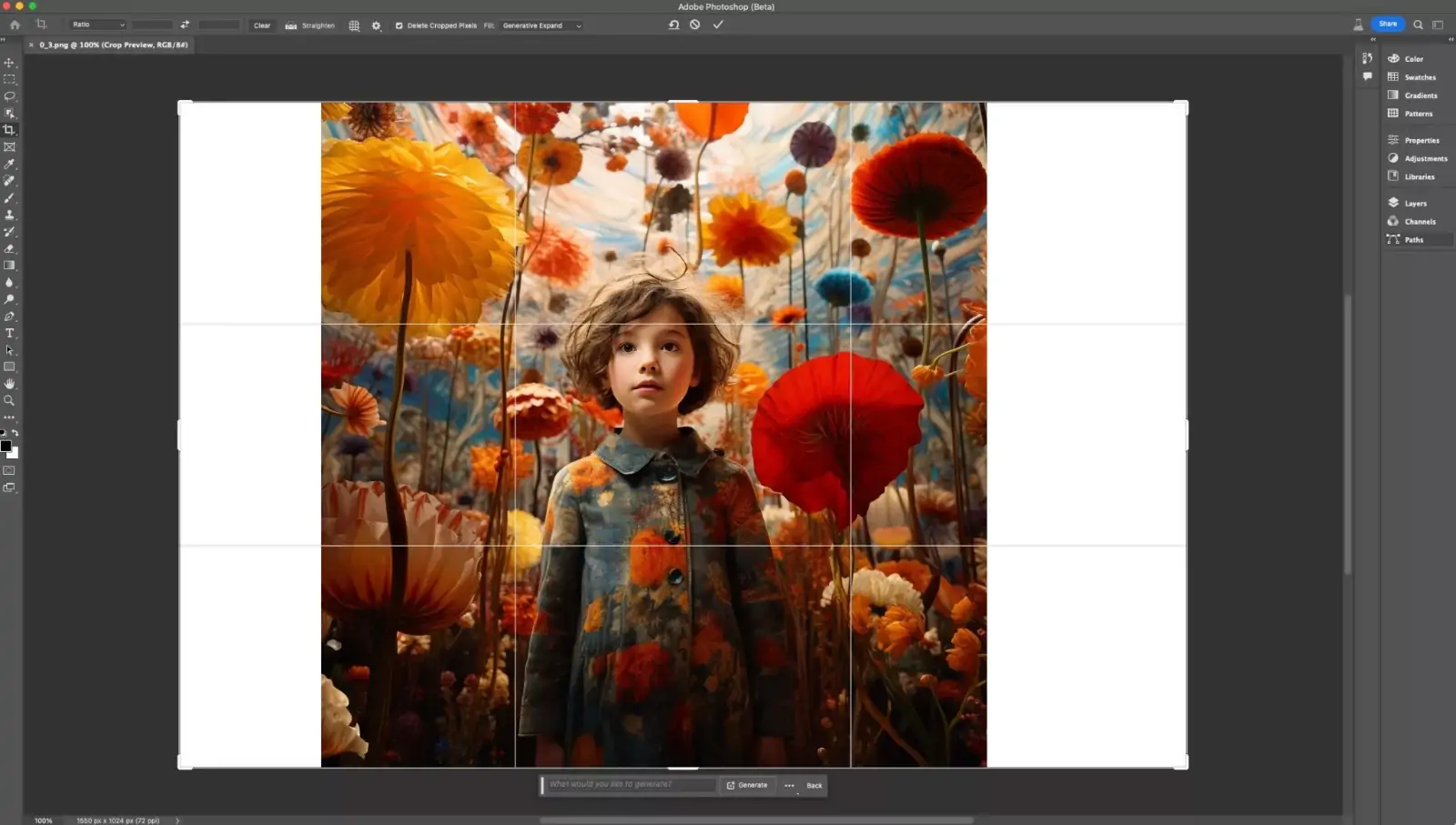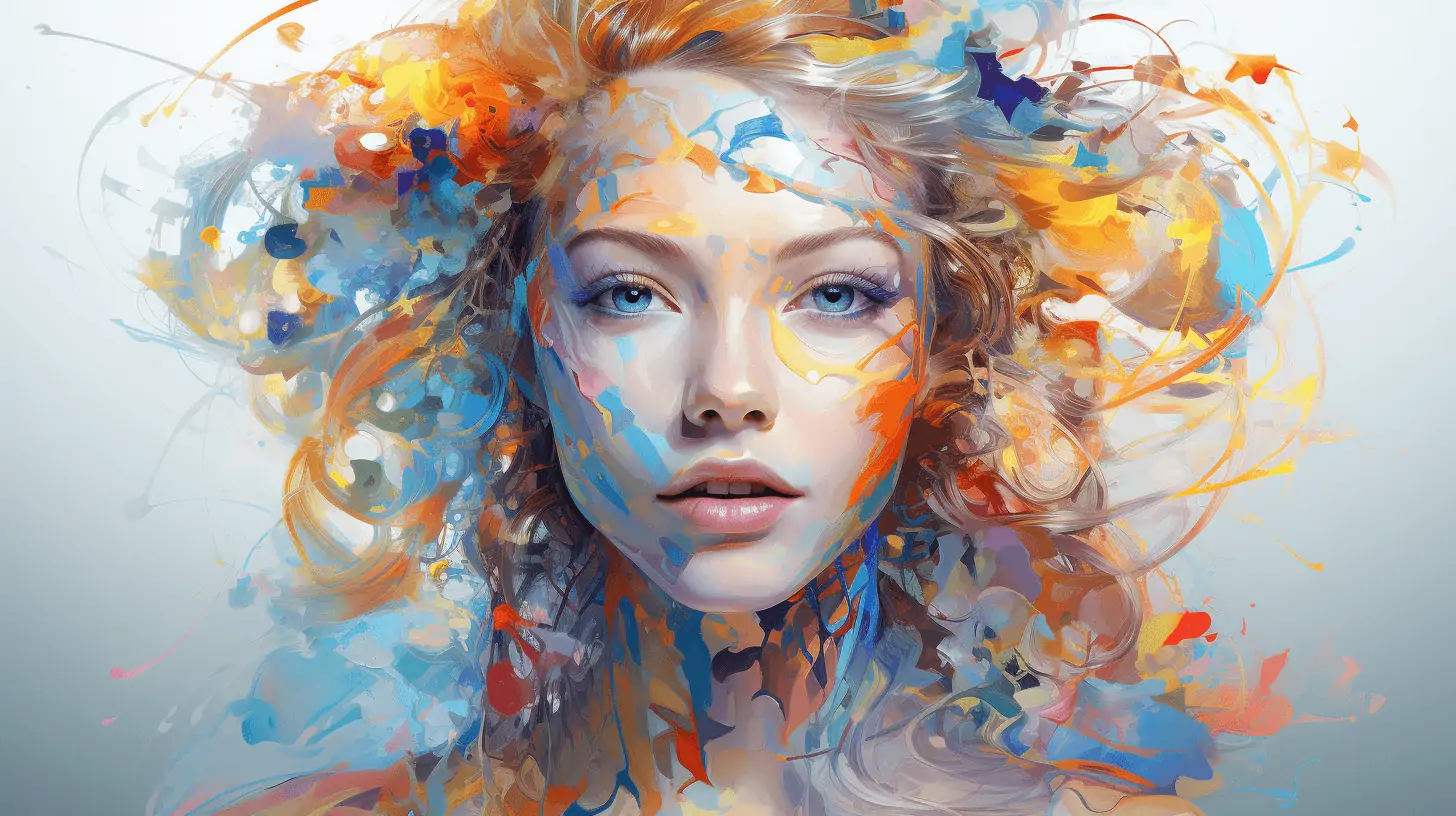
How To Create An AI Art Image
Any digital art produced or improved using AI techniques is considered artificial intelligence or AI art. The art approach allows you to assemble AI art images from scratch or revise your old photos using AI strategies. The history and development of art have been compelled solely by human creativity, dating back to the earliest portrayals found on cave walls. Throughout the documented past, innovative people have created various artworks with hand-held tools like paintbrushes and paints. AI art challenges the conventional opinion of physical efforts and using material tools to create visual art pieces. By integrating machine learning algorithms, computer technology can create fresh art pieces or modify and improve existing human creations. Modern artists are redirecting their art approaches from their exclusive imaginations by employing AI art techniques in their artworks. This blog will further debate about the steps to embrace when creating this progressive art form.
Step 1: Input Images Preparations
Assess the particular necessities of your AI art venture, counting the tone, subject matter, and visual components you point to attain.
Utilize Photoshop to choose images that adjust to your project’s goals. Look into composition, lighting, and transparency variables to guarantee high-quality input information.
Utilize Photoshop’s editing features to set up the chosen images, altering colors, contrast, and sharpness. This step guarantees the input pictures are all set for training AI models.
Access Photoshop’s noise reduction options to clean up any undesirable artifacts or flaws within the input pictures, guaranteeing a smooth and reliable dataset for training.
Guarantee consistency among the chosen images regarding style, resolution, and visual characteristics. Reliable input information helps retain coherence and astuteness throughout AI art creation.
Save the arranged input images in an organized way, organizing them into folders and subfolders based on pertinent criteria like theme or style. Appropriate organizations encourage effective getting to and management of input data amid the consequent steps of the workflow.
Step 2: Playing With Style Transfering
Investigate different filters accessible in Photoshop to determine their effects on photos. Test with filters like Oil Paint, Posterize, and Cutout to find their creative potential.
Explore blending modes in Photoshop to understand how diverse layers are associated. Try blending modes like Overlay, Screen, and Multiply to attain different blending impacts.
Use layer styles like Gradient Overlay, Outer Glow, and Pattern Overlay to include profundity and dimension in your pictures. Play with myriad layer styles and settings to form visually compelling impacts.
Include masks and adjustment layers to add styles to your picture’s particular areas. Try different styles and combinations to attain the craved creative impacts.
Persistently refine your style transfer tests, altering parameters, layer settings, and blending choices as required to attain the required aesthetic.
Repeat your style exchange tests, discovering diverse strategies, impacts, and blends to boost aesthetic outcomes.
Step 3: Ai Model Training
Select an appropriate deep-learning system, such as TensorFlow or PyTorch, to train AI models for your AI art project.
Assemble and preprocess a differing dataset of images pertinent to your aesthetic vision. This dataset is the establishment for preparing AI models to create or control images.
Plan or select a proper neural network architecture for your AI art venture, determining variables such as model complexity, computational resources, and wanted aesthetic results.
Train the AI models on the arranged dataset utilizing the chosen system and model architecture. Tweak model parameters and hyperparameters to optimize execution and accomplish desired aesthetic impacts.
Assess the trained AI models utilizing validation datasets to survey their performance and generalization capabilities. Recognize regions for advancement and emphasize them based on validation results.
To improve aesthetic quality and constancy, polish the AI models based on criticism and approval results, modifying training techniques, model architectures, and dataset compositions.
Record the training process for reproducibility and future reference, including model arrangements, training parameters, and dataset details.
Step 4: Ai Art Generation
Select an input picture or set of images to serve as the premise for producing an AI work of art. When selecting input pictures, analyze the composition, subject matter, and creative expectations.
Use the trained AI models to produce fresh artwork or modify existing pictures to agree with your imaginative vision. Apply the models to the chosen input pictures to create an AI-generated work of art.
Test the AI models with varying parameters and settings to investigate different aesthetic effects and styles. Alter parameters, including style exchange strength, noise intensity, or interpolation strategies, to get what comes about.
Emphasize the generation process, investigating diverse combinations of input pictures, model parameters, and creative styles. Grasp experimentation and investigation to find novel aesthetic possibilities and refine your imaginative vision.
Assess the produced AI work of art based on creative quality, visual appeal, and arrangement with your imaginative goals. Survey how well the AI-generated artwork reflects your aesthetic vision and taste.
Step 5: Modifications In Photoshop
Import the AI-generated artwork into Photoshop for additional refinement and upgrades.
Utilize Photoshop’s editing highlights to tune subtle elements, set colors, and improve the visual components of the AI-generated work. It includes refining edges, sharpening textures, or altering lighting to progress quality.
Try cropping, resizing, or modifying components inside the artwork. Experiment with distinctive arrangements to optimize visual adjustment and central points.
Employ creative filters, layer styles, and adjustment layers to apply further impacts and upgrades to the artwork. Play with effects such as blurs, glows, or gradients, including profundity and visual lure.
Mix AI-generated components consistently with conventional artistic elements or photographic imagery inside the artwork. Manipulate blending modes and layer masking methods to orchestrate digital and natural components.
Repeatedly assess the work of art and alter it to attain the specified style and creative vision.
Plan the refined artwork in Photoshop for presentation or exhibition. Guarantee that the work of art meets technical details and aesthetic standards for printing or digital show, and spare it within the suitable file format.
Step 6: Combining Conventional And AI Components
Combine AI-generated components with conventional aesthetic compositions in Photoshop by layering them together. Utilize Photoshop’s layering capabilities to mix digital and handcrafted components consistently.
Try blending modes and opacity settings to attain cohesive integration between AI-generated and traditional components. Alter blending modes such as Overlay or Multiply to conform colors and surfaces.
Utilize layer masking procedures to specifically uncover or conceal AI-generated or traditional components inside the composition. Refine veils to meld segments and make smooth moves invariably.
Guarantee consistency in texture and visual fashion between AI-generated and traditional components. Utilize brushes, textures, and filter options to coordinate textures and retain visual coherence.
Try getting a visual adjustment and concordance between AI-generated and traditional components inside the composition. Systematize components mindfully to form energetic and engaging visual stories.
Explore unique AI-generated and traditional component mixtures, regulating the composition iteratively based on input and individual creative vision.
Step 7: Finalizing The Artwork
Conduct technical checks to guarantee the AI-generated work of art meets the particulars for presentation. Confirm resolution, color mode, and file format compatibility for printing or digital shows.
Perform a visual review of the artwork to distinguish any remaining defects or irregularities. Use Photoshop’s editing highlights to address flaws or color disparities.
Adapt colors and tones for precise reproduction over different display devices or printing forms. Utilize color administration tools in Photoshop to attain steady color exactness and constancy.
Elevate composition and layout to maximize visual effects and narrating. Make alterations to cropping, arrangement, or dividing to improve general composition.
Plan the finalized artwork for exhibition or presentation, considering framing, mounting, or organizing the artwork for a digital show. Make sure that presentation materials complement and improve the artwork’s aesthetic qualities.
Document the ultimate artwork, covering any changes or refinements made during the approval process. Keep up records of presentation details for archival and reference purposes.
Communicate the finished work of art to expected audiences through presentations, displays, or online stages.
Conclusion:
In conclusion, in addition to the replacement of traditional artwork accessories, the advent of AI has broadened the range of prospects open to all artists in various ways. This art fashion is a means of self-expression and relaxation, and occupational artists can employ it to support their fantasies or creative ideas. A more significant number of individuals than ever before can produce and create their own work, which cultivates a new generation of aspiring artists. Educators and teachers are also utilizing AI art technologies to assist in tutoring a new generation of artists. In both approaches, either creating fresh artworks or enhancing the existing works, the aid of AI tools and features is revolutionary.




